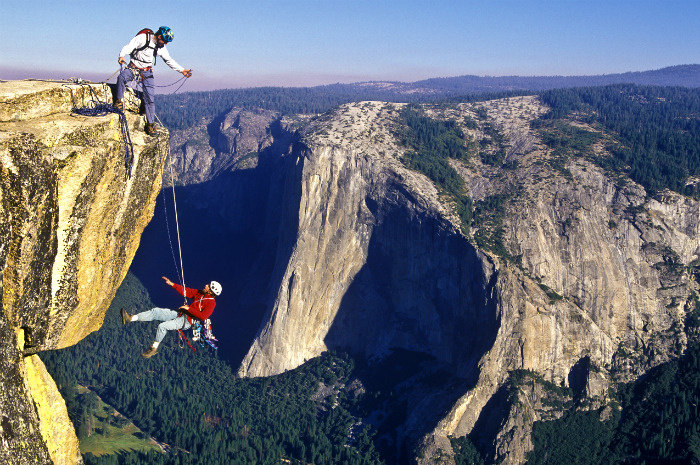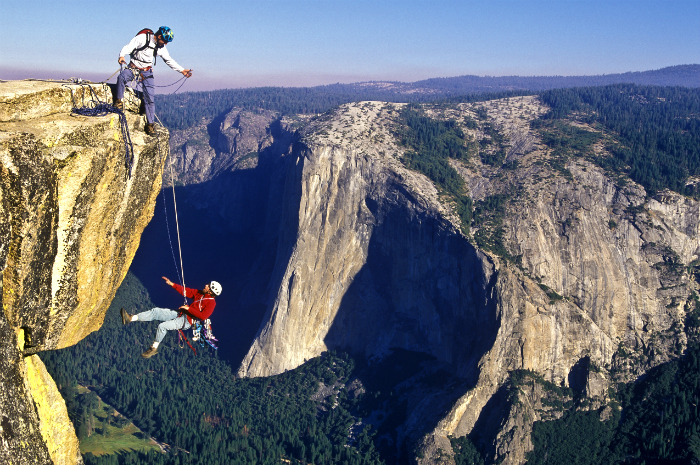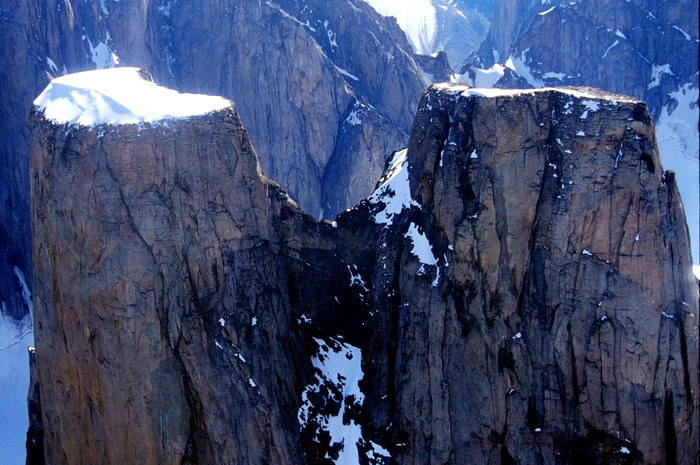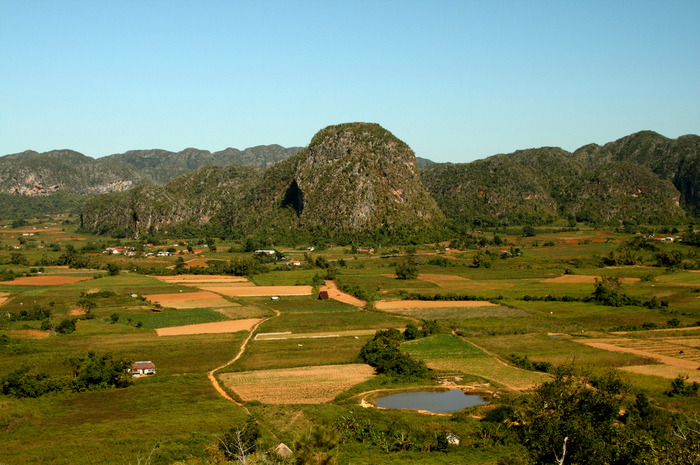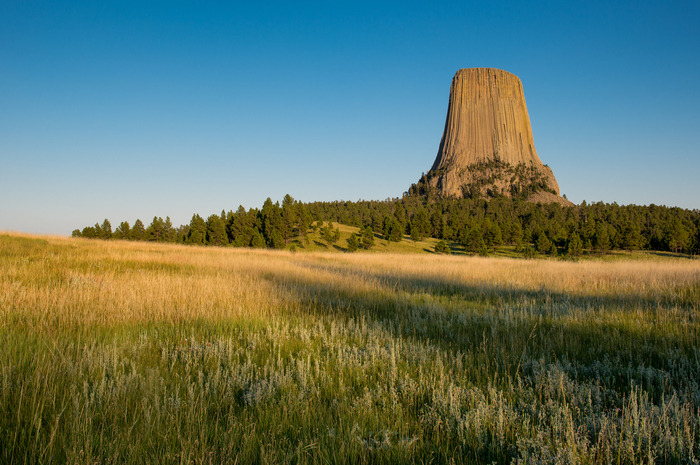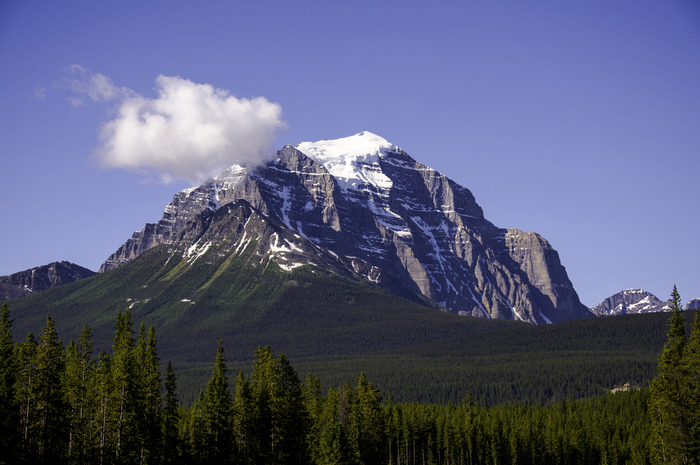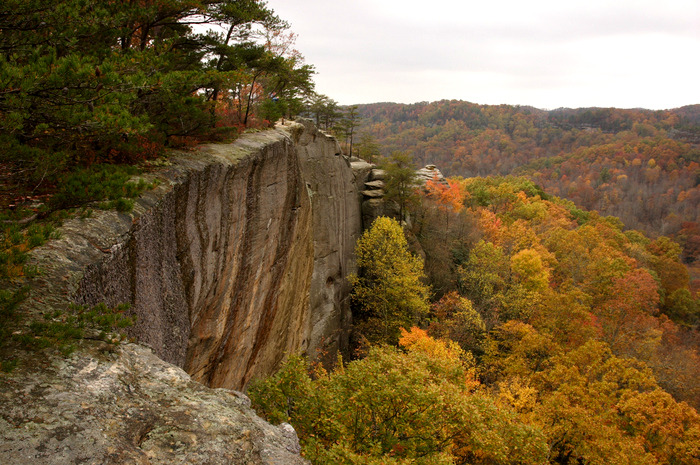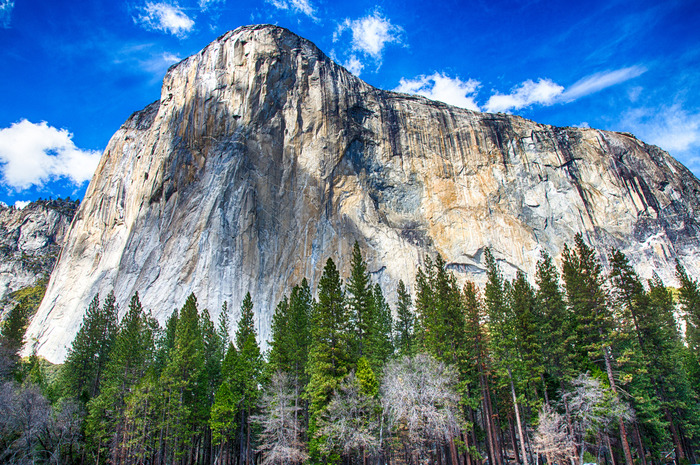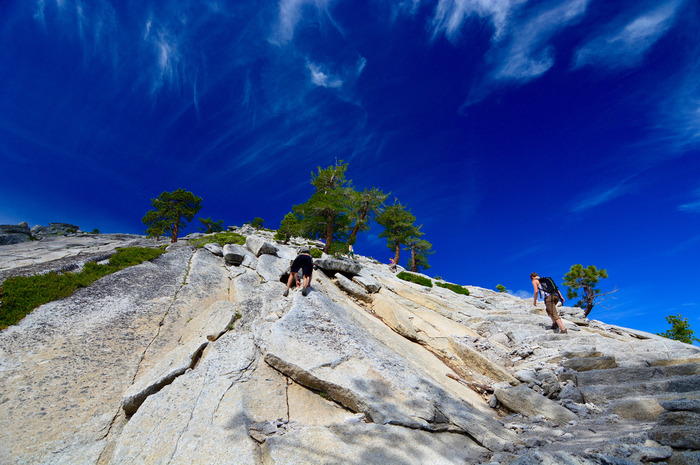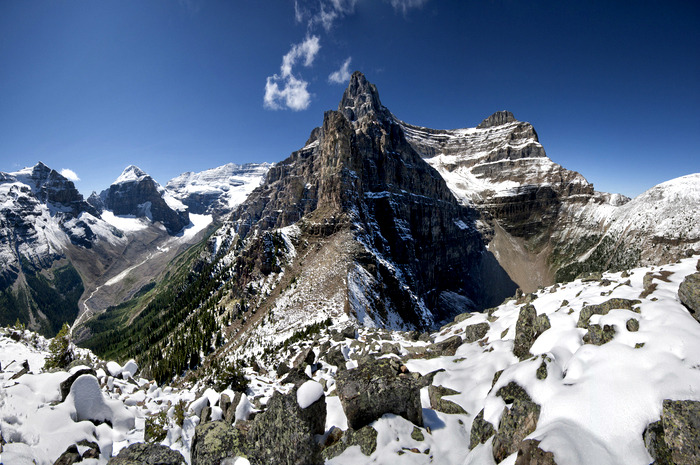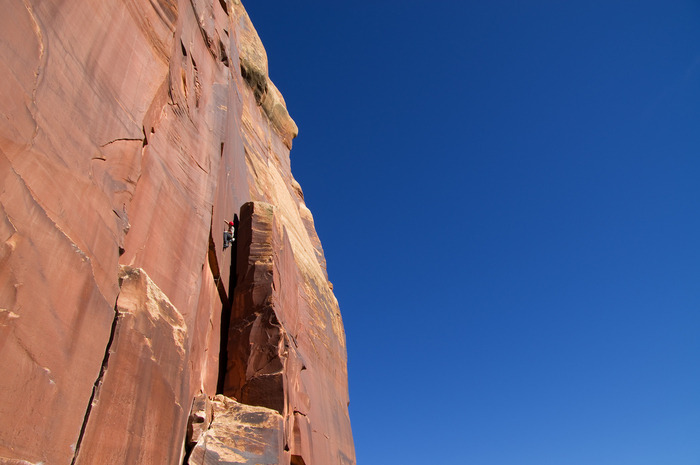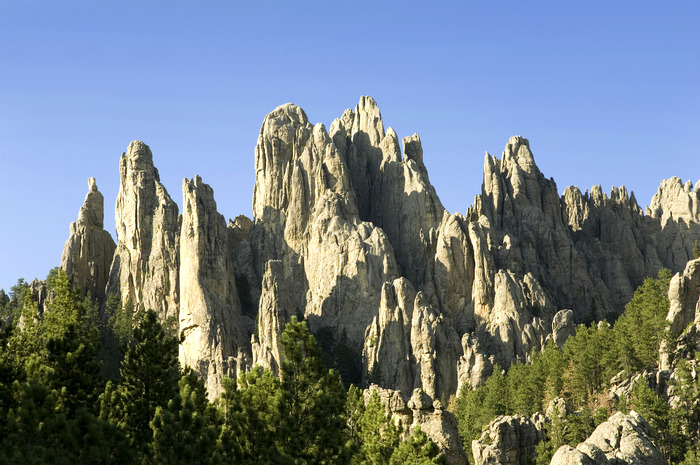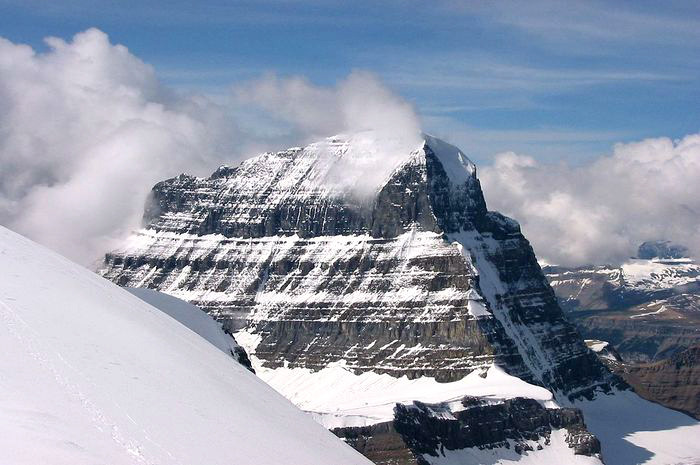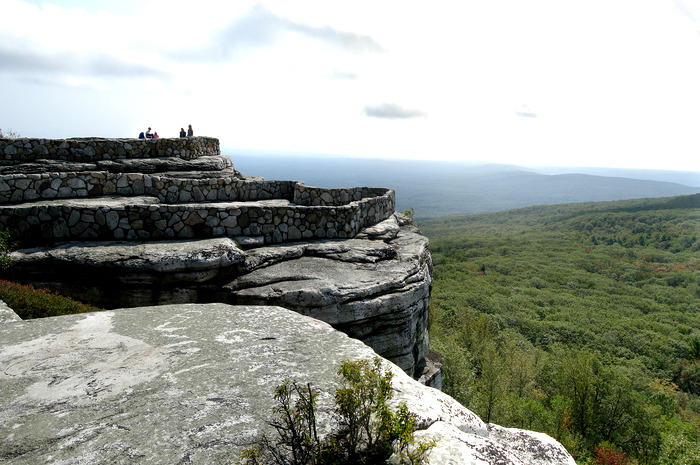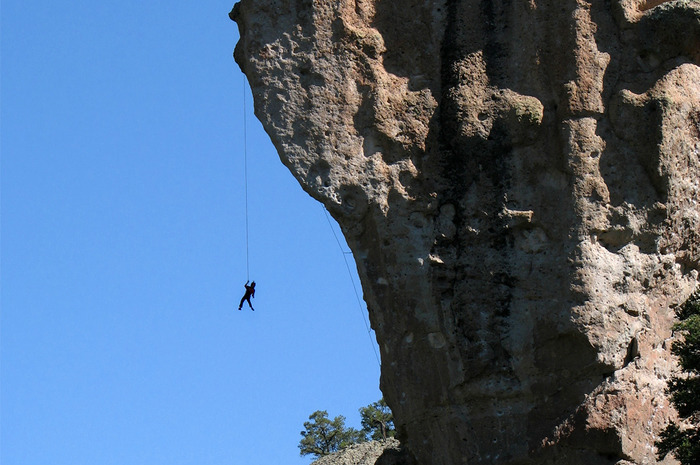Best Rock Climbing Spots In North America
Best Rock Climbing Spots in North America
Fresh air, bright sun and the feel of rough rock is a unique combination that millions of Americans – about 1.6 percent of the population, according to research – enjoy every year. National and state parks in the U.S. and all over the world offer thousands of opportunities for a thrilling challenge. Rock climbing is a thrilling sport that can be dangerous because of unpredictable factors such as falling rocks and weather. Unfamiliarity with the route or not knowing where the holds are, can also be a problem. All of these, though, teach climbers problem-solving skills. This makes the sport exciting and one of the reasons why it's growing in popularity.
Mount Asgard on Baffin Island, Canada
Mount Asgard is Baffin's most famous summit. It is located in Auyuittuq National Park, one of Canada's most beautiful regions. The peak towers 6,610 feet, the fifth highest peak in the park and one of the highest peaks in Eastern Canada and Eastern North America, according to Summit Post. Asgard comprises two cylindrical-looking towers with extremely steep and long walls. The best time to climb is between June and August. Permits are required.
Vinales Valley National Park, Cuba
For the bold, adventurous and skilled climber, Cuba's rural western end offers some of the most magnificent climbs in the Caribbean. A quick two-hour ride from Havana will put climbers at the base of 1,000-foot-tall limestone crags in the Vinales Valley National Park, a UNESCO World Heritage site. Should you make it to the top, the view of old thatched-roof homes, huge palm trees, a haven of lavish greenery, centuries-old tobacco farms, and mountainous outlines in the distance will be your reward.
Devils Tower National Monument, Wyoming
The enormous hexagonal columns are intimidating for some climbers, but a unique experience for all. [See: The Best Places to Go Rock Climbing in the World] They have hundreds of parallel cracks – pretty much every 5-10 feet – and they mostly run straight up and down, which reduces rope drag. Some cracks are often 400 feet long, and many walls are perfect for climbing the first several pitches. The easiest route to the summit is Durrance, a 4-6 pitch route that tops out at the summit.
Gunsmoke in Joshua Tree National Park, California
Joshua Tree has more than 400 rock climbing formations and over 8,000 routes. One of the more popular ones is the L-shaped Gunsmoke. You will rarely find fewer than a dozen people having fun on the traverse. It's easy to get to and there is a lot of space to try different sections. The rock is somewhat overhanging and the sizes of the handholds and footholds are different. Unless you try extreme techniques, your feet won't be more than a few feet from the ground, a description on Summit Post says.
South Wall of Champlain in Acadia National Park, Maine
Climbers go to the South Wall for the quality of the rock. The granite is compact and hard with clean faces. Superb corners and cracks in fine grain pink granite overlook Frenchmen's Bay. Routes extend up to 300 feet off the ground, according to Acadia Mountain Guides Climbing School. The popular cliff, also known as the Precipice, features a wide range of climbs which both beginners and seasoned climbers enjoy. The climb has more than 80 routes from 5.4 to 5.12 in difficulty and one- to two-pitches long.
Mount Temple in Banff National Park, Canada
Mt. Temple, sometimes called "The Eiger of North America," is the famous triangular-shaped top covered with ice and snow that towers above the hamlet of Lake Louise. [See: 8 Exercises that Make You a Stronger Climber] While there are technical routes up the main face, a moderate scramble is hidden from view on the southwest side of the mountain, according to Parks Canada. The summit, at 11,621 feet, is one of the highest peaks in the region. Mt. Temple is not a good choice for a first-time scramble ascent. Climbers will gain 5, 543 feet in elevation during the 10-mile trip.
Owl Rock at Arches National Park, Utah
Owl rock, one of the most popular routes in the park, is a one pitch 100' roadside spire. The rock looks like mud but really feels solid as you go up, and takes gear and slings well, according to Mountain Project. In general, only expert climbers are recommended to try the sport at Arches. The sandy nature of the rock can be tricky. The park has everything a climber can want – tough and easy multi-pitch towers, hard cracks and long walls. You can also establish new routes.
The Wasteland in Rifle Mountain Park, Colorado
The Wasteland has many fine routes of all grades and the short approach makes it very easy to access, according to Rockclimbing.com. [See: Easy Rock Climbs for Beginners] The routes on the left tend to be longer and a little less overhung; the routes on the right will have you thinking you are in Europe with their many tufas, dikes, and small pockets. The routes are considered short because they usually end after 70-80 feet. Whatever they lack in length, they make up for in stunning views and challenging climbs.
Red River Gorge, Kentucky
Plan to climb the canyon system on the Red River in east-central Kentucky when it's supposed to be sunny and dry. The views are magical, the scenery is gorgeous, and the climbing potential is huge. You get to choose between a wide region of national forest land and remote areas with sandstone cliffs for all-level climbers. The climbing season is usually between March and June, and peaks again in October.
El Capitan, California
The largest monolith of granite in the world, El Capitan has several designated climbing routes, the majority of which are considered highly challenging. In fact, according to Big Wall Climbing by Doug Scott, until the late 1950s people believed that El Capitan was impossible to climb. After several failed attempts and a few setbacks, two free climbers recently conquered the formation's Dawn Wall, which is widely considered one of the toughest ascents in the entire world.
Half Dome, California
Daredevils who aim to ascend the 8,839-foot granite dome over the east end of Yosemite Valley have several different options for making their way to the top. The final 400 feet are, for the most part, entirely vertical, which is why this classic climb is considered risky. According to the National Parks Traveler, as many as five people have died after falling off the Half Dome's cable-assisted route that leads to the peak.
Devil’s Thumb, Canada
This is one of the most intimidating climbs in North America. [See: Skills All Rock Climbers Should Master] As the eerie name suggests, Devil's Thumb is not easy to conquer. Despite boasting only a miserly 9,000 feet of altitude, the relatively low 3,000-foot base elevation provides sweeping walls of ice and granite diorite, according to Mountain Project. The multi-faceted monolith has routes for every skill level, which is one reason why it's so popular. Adventurous climbers like the clean white granite and the peak's 6,000-foot ice-plastered northwest face.
Indian Creek, Utah
"The Creek can be as humbling to climbers as being caught in the middle of the desert without a lick of water," Climbing Magazine said of Indian Creek, a valley in Utah that is home to a vast expanse of Wingate sandstone walls that attract crack climbing enthusiasts from all over the world. Climbing there requires impeccable technique and incredible endurance. The outstanding desert setting in the background is a bonus.
Custer State Park (The Needles), South Dakota
This popular climbing destination is nestled amidst the Black Hills of South Dakota. The panoramas are unrivaled. The park has very diverse landscapes that provide for spectacular and unique climbing experiences. The Needles has more than 1,000 granite peaks with up to 300-foot ascents. Somehow the area is not very well-known, so crowds are not an issue.
Japanese Route on Mount Alberta, Canada
The Japanese Route on Mount Alberta, rated 5.6 in difficulty, in the Canadian Rockies is a thrilling experience. The peak, one of the last major summits of the Canadian Rockies to be reached, isn't visible from any road, even today, and is rarely climbed, according to Summit Post. What makes it difficult is the extremely unstable Rockies shale and a long ridge at the end.
Shawangunk Ridge, “The Gunks,” New York
Climbers call it "The Gunks." It is a popular climbing area that boasts over 1,000 routes and miles of cliff face. The rock is solid quartz conglomerate with horizontal, rather than vertical, cracks. Climbing here is characterized by airy roofs, big jugs, traverses, and sometimes "sporty" pro, according to Climbing.com. It's famous for stellar one- to three-pitch climbs of all levels of difficulty. September and October are the prime climbing months because the weather is cool and the humidity is low.
Enchanted Tower, New Mexico
The Enchanted Tower is a must because, as its name suggests, it's simply beautiful. This is the premier sport climbing destination in the entire state. Practice your steep climbing and big moves because you will need to use them. There are about 70 routes at the main cliff and Renaissance wall, 30 at the Land Beyond. The climbing is on pocketed, very steep volcanic tuff and is endurance oriented, according to Rockclimbing.com.
